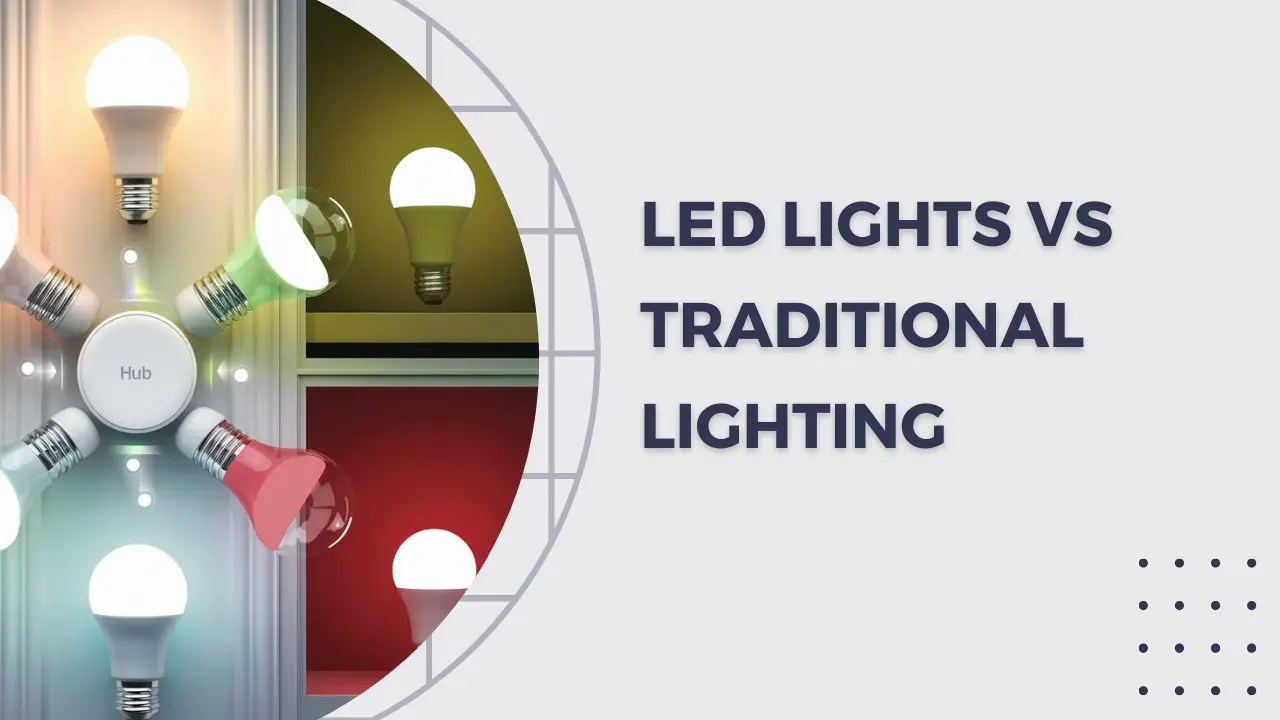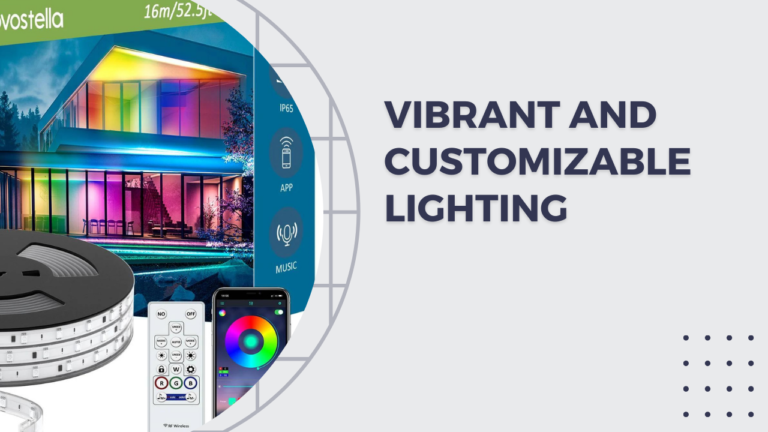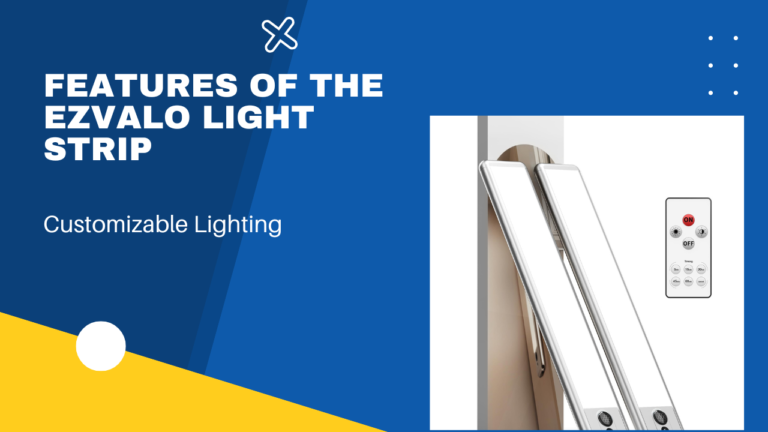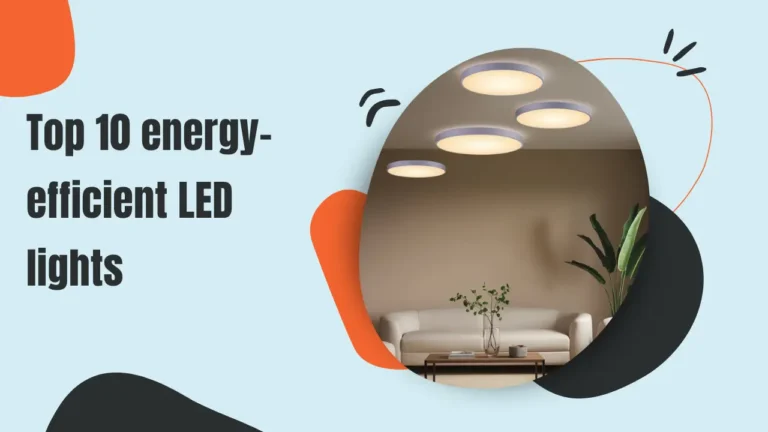LED lights vs traditional lighting: Why LED Lights Are the Clear Winner
When it comes to choosing the right lighting for your home, office, or outdoor spaces, the debate of LED lights vs. traditional lighting continues. However, in 2024, LED lights have cemented themselves as the clear winner. From energy efficiency to long-term cost savings, LED technology offers numerous advantages that make it the smarter choice. In this article, we’ll break down why LED lights outperform traditional lighting in almost every aspect.
Energy Efficiency: How LEDs Outshine Traditional Lighting
LEDs Use Less Power
One of the most significant differences in the LED lights vs. traditional lighting debate is energy consumption. LEDs use up to 75% less energy compared to incandescent and halogen bulbs. This drastic reduction in energy usage translates directly into lower electricity bills. Additionally, LEDs achieve the same brightness as traditional bulbs while consuming a fraction of the power. This makes them the perfect option for anyone looking to lower their environmental impact and save money.
Reduced Heat Emission
Traditional lighting, especially incandescent bulbs, converts most of the energy into heat rather than light. In contrast, LEDs stay cool to the touch even after hours of use. This not only makes them safer but also more efficient, as less energy is wasted on heat. In environments where temperature control is important, such as offices or factories, LED lights can help reduce air conditioning costs.
Durability and Lifespan: Why LED Lights Last Longer
Extended Lifespan Compared to Traditional Bulbs
One of the key advantages of LEDs is their remarkable lifespan. While traditional incandescent bulbs last around 1,000 hours, LED lights can last up to 50,000 hours. That’s approximately 50 times longer than standard bulbs, making the frequent need for replacements a thing of the past. This durability also reduces maintenance costs, particularly in commercial settings, where changing bulbs frequently can be both inconvenient and expensive.
Durability in Harsh Conditions
LEDs are designed to withstand harsh conditions, including extreme temperatures, vibrations, and even exposure to moisture. Traditional bulbs, especially incandescent and CFLs, tend to be fragile and easily damaged. LEDs are built with solid-state components, making them ideal for outdoor settings or industrial environments where durability is a must.
Cost-Effectiveness: Lower Long-Term Costs with LEDs
Initial Investment vs. Long-Term Savings
While the upfront cost of LED lights may be higher than that of traditional lighting, the long-term savings more than compensate for the difference. Since LEDs last much longer and consume less energy, the overall cost of ownership is significantly lower. In fact, you’ll likely recoup the initial investment in just a few months due to reduced electricity bills.
| Lighting Type | Average Lifespan | Energy Use (Watts) | Cost Over 5 Years |
|---|---|---|---|
| Incandescent Bulbs | 1,000 hours | 60W | High |
| CFL Bulbs | 8,000 hours | 14W | Moderate |
| LED Lights | 50,000 hours | 8W | Low |
Lower Maintenance Costs
Because LED lights last significantly longer, they also reduce maintenance costs. Changing a bulb may seem trivial, but in commercial or large residential settings, it quickly adds up. Fewer replacements mean lower labor costs and less time spent on maintenance.
Environmental Impact: Why LEDs Are the Sustainable Choice
Lower Carbon Footprint
Switching to LED lighting is an easy and effective way to reduce your carbon footprint. LEDs use less energy, which means fewer greenhouse gas emissions from power plants. Traditional lighting, particularly incandescent bulbs, requires significantly more energy, contributing more to carbon emissions. By opting for LED lights, you’re making an environmentally responsible choice.
No Toxic Materials
Traditional bulbs, such as CFLs, contain hazardous materials like mercury, which require careful disposal. In contrast, LEDs are free from toxic substances and are 100% recyclable. This makes them a far more environmentally friendly option from both a use and disposal perspective.
For more information on how LED lights contribute to a sustainable future, check out this guide to energy-efficient lighting.
Light Quality: Why LED Lights Offer Superior Illumination
Customizable Color Temperatures
One of the standout features of LED lighting is its ability to provide a wide range of color temperatures. Whether you prefer the warm glow of an incandescent or the bright, cool light of daylight, LEDs can be tailored to match your needs. Traditional lighting is limited in this aspect, with incandescent bulbs providing a warm but often yellowish light, while fluorescent bulbs tend to give off a harsh, cold glow.
Instant Brightness
Unlike CFLs, which take time to reach full brightness, LED lights turn on instantly. This feature is especially useful in areas like garages, hallways, and bathrooms, where immediate illumination is necessary. Moreover, LED lights do not flicker or hum, providing a more consistent and pleasant lighting experience.
For a closer look at how light quality impacts your living space, this article from CNET breaks down the differences in various lighting technologies.
Safety and Versatility: LED Lights Are the Safe and Smart Option
Reduced Fire Risk
Traditional incandescent bulbs get extremely hot, which poses a fire risk, especially if they come into contact with flammable materials. LEDs, on the other hand, operate at much cooler temperatures, significantly reducing the risk of fire. This makes them ideal for use in homes, schools, and hospitals where safety is paramount.
Smart Lighting Compatibility
In 2024, smart homes are no longer a futuristic concept—they’re becoming the norm. LED lights are fully compatible with smart lighting systems, allowing users to control brightness, color, and even schedules via apps or voice commands. Traditional lighting simply can’t offer the same level of convenience and customization. Whether you want to dim the lights for movie night or set a timer for outdoor lighting, LEDs have you covered.
Conclusion: The Clear Winner in 2024 Is LED Lighting
In the battle of LED lights vs. traditional lighting, LEDs emerge as the undisputed winner in 2024. From energy efficiency and cost savings to environmental sustainability and superior light quality, LED technology outperforms traditional lighting in every category. While traditional bulbs may have been the standard in the past, today’s LED lights offer a smarter, safer, and more eco-friendly solution. If you’re still on the fence, the long-term benefits of LEDs make them a clear investment for your home or business.
By making the switch to LED lighting, you not only reduce your energy consumption and carbon footprint but also enjoy lower maintenance costs and greater flexibility in how you light your space.







